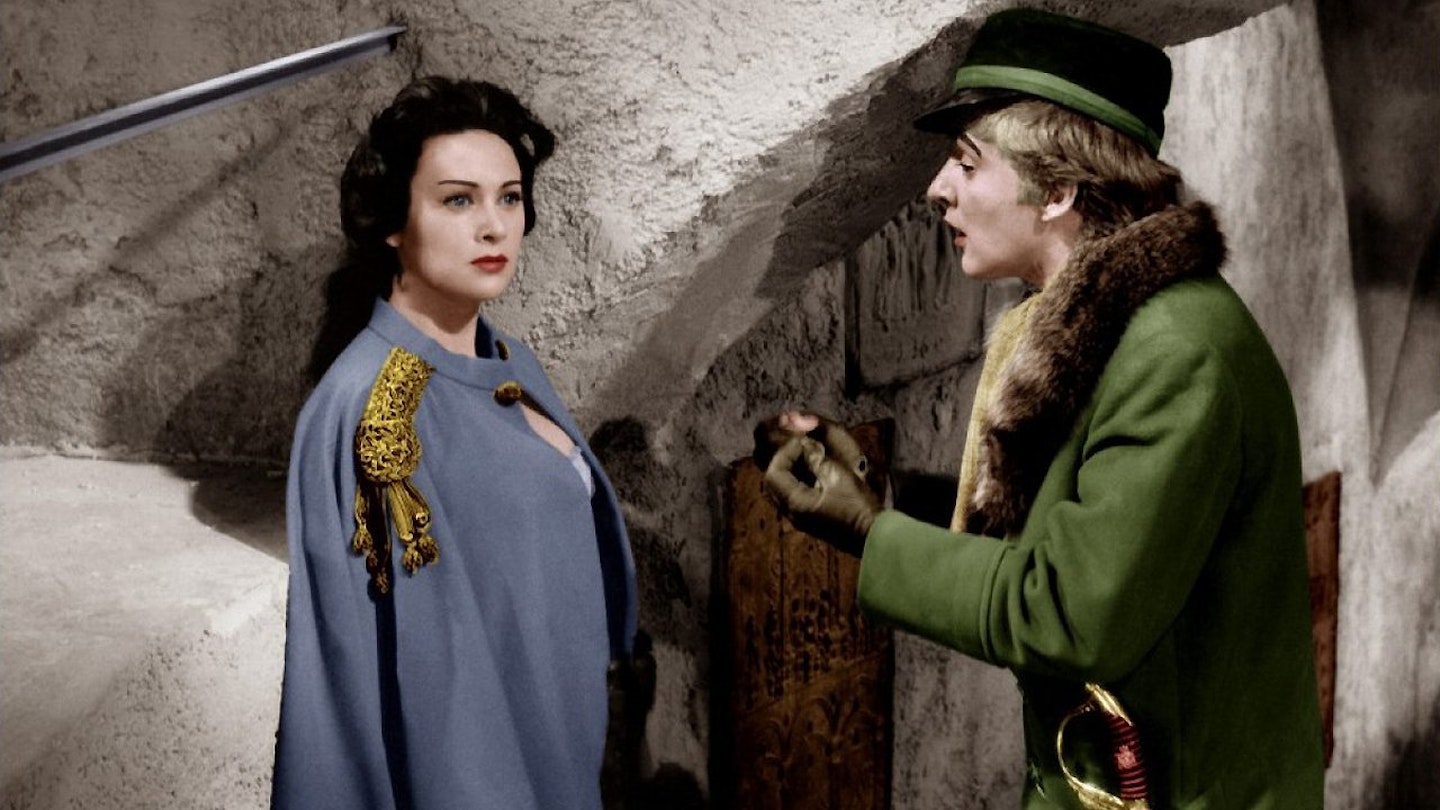Max Ophüls was so dismayed by the ballyhoo attending the announcement of his first film in CinemaScope and Eastmancolor that he decided to subvert everyone's expectations. The prospect of seeing sex symbol Martine Carol playing a notorious 19th-century courtesan in an adaptation of Cécil Saint-Laurent's racy bestseller convinced the public they were in for a saucy romp. But when they saw Ophüls's 140-minute masterpiece, Parisian audiences rioted and Gamma Films cut the print to 110 and then 90 minutes and removed the flashbacks to impose a linear structure - to the dismay of Jean Cocteau, Jacques Tati, Roberto Rossellini and others who published a letter in Le Figaro urging filmgoers to see Lola Montès as an artistic landmark. Yet it still proved a commercial disaster.
Frustrated by the growing preoccupation with the private lives of the rich and famous, Ophüls launched an assault on celebrity and the peddlars of the prying gossip that dehumanised its victims. Thus, he inverted the taste and sophistication of his previous pictures to present a world of lurid decadence, in which Lola was reduced to a mere possession. Recalling the tragedies of Judy Garland and Diana Barrymore, he turned her life into a series of tawdry circus acts, in which her imperilment and objectification disrupted the easy pleasures of voyeurism.
Rarely had so visually sumptuous a film masked such intellectual disgust. Christian Matras's photography, Jean D'Eaubonne's sets, Georges Annenkov's costumes and Georges Auric's score were all superb and the galaxy of continental stars played their stylised parts to perfection. Ophüls's use of symbolic colour was almost as inspired as his gliding, swooping camerawork and his precise exploitation of the wide screen (which he tamed for close-ups using classic Von Sternbergian tactics).
Critics still debate whether Ophüls's audacious technical ingenuity atones for a lack of psychological depth. But, recognising that the tabloid mentality focusses on actions and appearances not human motives, he fashioned Lola as a beautiful object whose fascination lasted only as long as her lustre and this calculated swipe at public superficiality is now more pertinent than ever.
